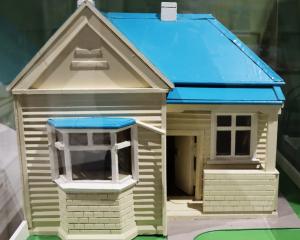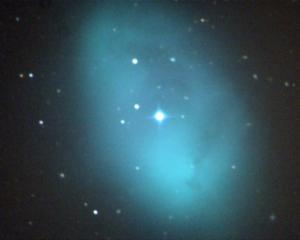Still Life:
Inside the Antarctic huts of Scott and Shackleton
Jane Ussher and Nigel Watson
Murdoch Books, $89.99, hbk

In collaboration with the Antarctic Heritage Trust, Still Life meticulously records the three Antarctic huts used by the expeditions of Robert Falcon Scott and Ernest Shackleton.
The huts had never been the subject of such a thorough photographic survey; which is surprising because, as Nigel Watson , the executive director of the trust points out in his introduction, "They are the jewels in the crown of Antarctic heritage. Symbolic of the scarcely believable arduous journeys of Scott's and Shackleton's expeditions, they are also the birthplace of Antarctic science."
Ussher spent days in the cold and gloom, skilfully positioning reflectors and screens to soften the harsh Antarctic light and to illuminate the huts' inky corners.
Her digital Hasselblad often required the same lengthy exposure times that Ponting and Hurley used with their glass-plate cameras down there a century ago.
The results are stunning. A series of glorious gatefolds set the scene and each is accompanied by page after page of macro and detail pictures recording the minutiae of the huts' interiors and contents: boxes of Spratt's Special Dog Biscuits, gouges on the floor of Discovery Hut where seals were butchered, darned clothing, a shaving brush and the remnants of a beer barrel marked "J. Speight and Co. Dunedin" - all reproduced in the same beautiful muted hues.
Watson's accompanying essays thoughtfully describe the work and explorations undertaken by the parties using the huts, and diary excerpts from the men of the expeditions leave the reader in no doubt of the hardships they endured.
A final chapter details the formation and continuing work of the Antarctic Heritage Trust in the preservation of these huts.
This is a beautifully produced book. The heavy, patinated canvas-like cover gives it the appearance of a relic illicitly souvenired from one of the very huts it so acutely documents.












